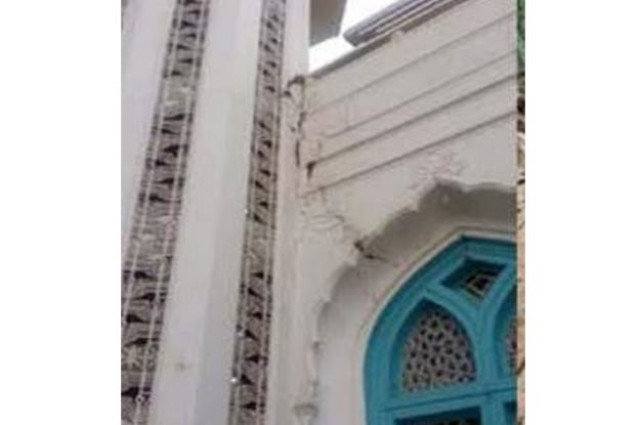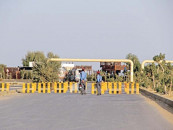Faulty structures cause widespread destruction
Unawareness, non-implementation of by-laws and corruption are major reasons for loss of precious lives

PHOTO: ONLINE
In Pakistan, and most of the third world, earthquake hazard turns into a disaster owing to the faulty structures, non-implementation of building regulations and poor monitoring of building codes, particularly in seismic zones.
Experts have called for strict implementation of building codes and efficient monitoring by the government as key disaster risk reduction efforts.
No lessons learnt after 40th quake
“The deaths and destruction will continue to happen until building codes, improvised and re-notified by the Pakistan Engineering Council in 2007 after the 2005 earthquake, are not strictly implemented particularly in seismic zones,” Naseer Memon, a natural disasters’ researcher, told The Express Tribune. He added “we did not learn any lesson from the 2005 earthquake tragedy and lost 10 years”.
“It is the responsibility of the development authorities to execute building codes, but due to their corruption, incompetency and other capacity issues, they are not implemented,” Memon shared.
Reporter on ground: Peshawar’s strongest earthquake was like hell
Engineer Javed Khan, who was involved in reconstruction activities in Azad Jammu and Kashmir and Khyber-Pakhtunkhwa after the 2005 earthquake, said it was totally a governance issue which could only be resolved by implementing building codes.
“Unawareness, non-implementation of by-laws and corruption are major reasons for loss of precious lives and damage to property during earthquakes and other natural calamities,” Khan said, adding that “it is not the earthquake which brings disaster, but faulty constructions and structures made by humans that cause disasters”.
Published in The Express Tribune, October 28th, 2015.



















COMMENTS
Comments are moderated and generally will be posted if they are on-topic and not abusive.
For more information, please see our Comments FAQ